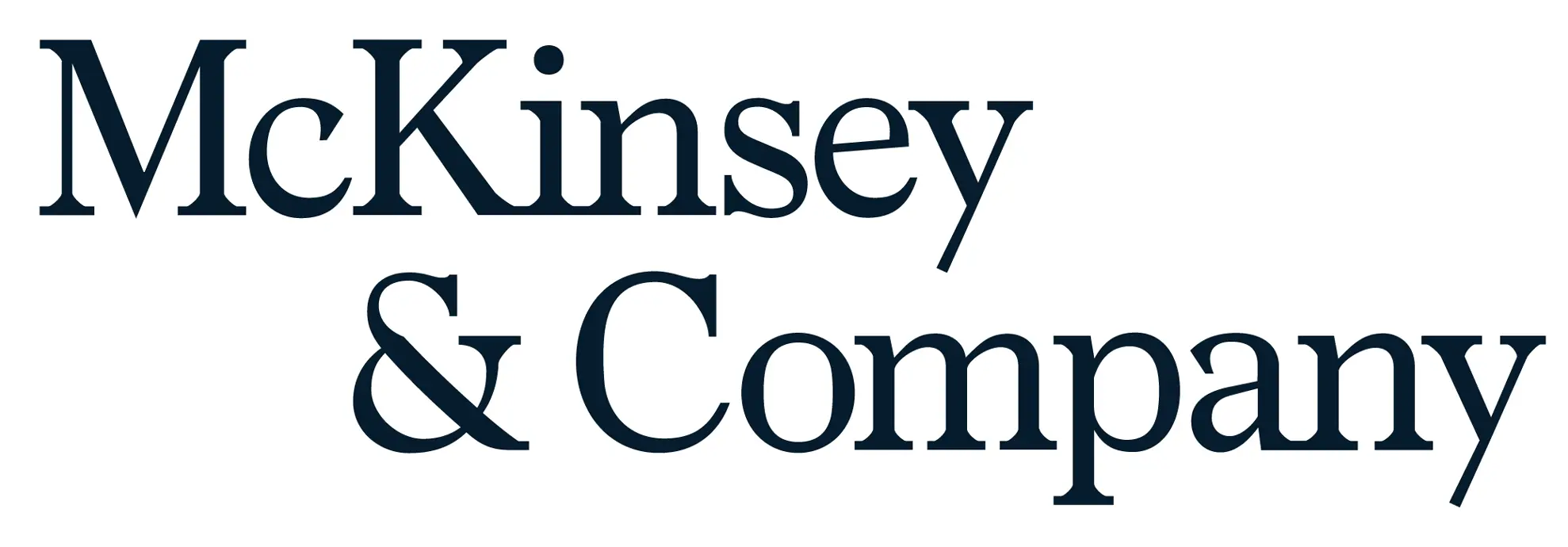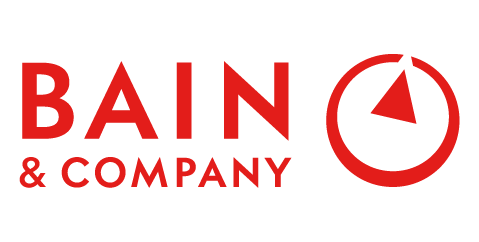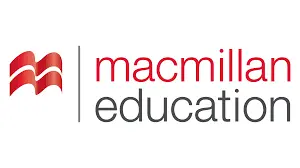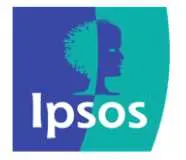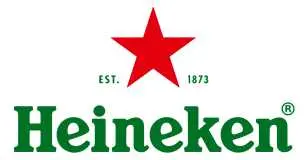
Bee Pollen Market Size, Growth, Demand, Revenue, Trends, Growing CAGR and Future Outlook
Bee Pollen Market Growth, Size, Trends Analysis - By Type, By Application - Regional Outlook, Competitive Strategies and Segment Forecast to 2034
| Published: Feb-2025 | Report ID: FMCG2542 | Pages: 1 - 250 | Formats*: |
| Category : Consumer & Retail | |||
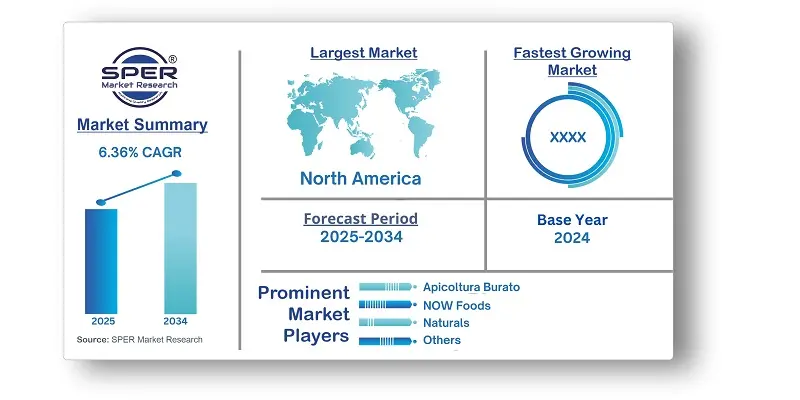
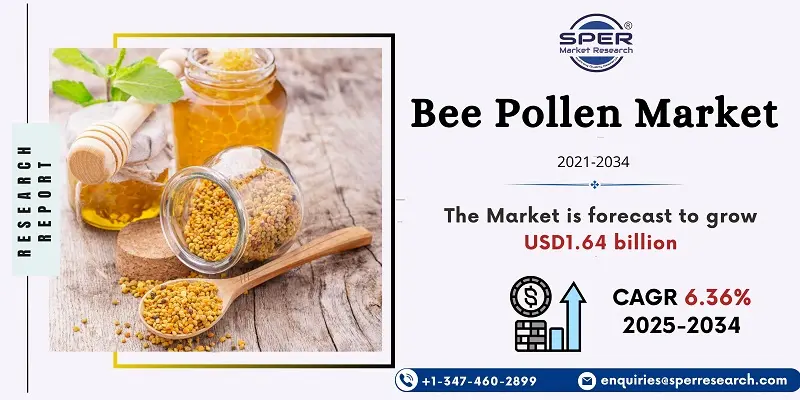
- In January 2024, Forever Bee Pollen, an important development in the companys product line, was introduced by Forever Living Products India. This creative product utilizes all of the natural resources that honeybees create, emphasizing holistic wellbeing through the potent advantages of bee pollen.
- In September 2023, BeeBest Group bought a local beekeeping cooperative in the province of Yunnan to bolster its supply chain and ensure quality control in bee pollen production.
- In August 2023, Himalaya Bee Farms developed creative packaging alternatives for its bee pollen products in response to the changing tastes of urban consumers in major Indian cities.
| Report Metric | Details |
| Market size available for years | 2021-2034 |
| Base year considered | 2024 |
| Forecast period | 2025-2034 |
| Segments covered | By Type, By Application. |
| Regions covered | North America, Latin America, Asia-Pacific, Europe, and Middle East & Africa. |
| Companies Covered | Apicoltura Burato, YS Bee Farms, Beekeepers Naturals, Swanson Health Products, NOW Foods; BeeVital , Honey Pacifica, Sattvic Foods, Livemoor, Crockett Honey Co. and others. |
- Global Bee Pollen Market Size (FY'2021-FY'2034)
- Overview of Global Bee Pollen Market
- Segmentation of Global Bee Pollen Market By Type (Wild Flower Bee Pollen, Camellia Bee Pollen, Rape Bee Pollen)
- Segmentation of Global Bee Pollen Market By Application (Food, Pharmaceutical, Cosmetic and Personal Care)
- Statistical Snap of Global Bee Pollen Market
- Expansion Analysis of Global Bee Pollen Market
- Problems and Obstacles in Global Bee Pollen Market
- Competitive Landscape in the Global Bee Pollen Market
- Details on Current Investment in Global Bee Pollen Market
- Competitive Analysis of Global Bee Pollen Market
- Prominent Players in the Global Bee Pollen Market
- SWOT Analysis of Global Bee Pollen Market
- Global Bee Pollen Market Future Outlook and Projections (FY'2025-FY'2034)
- Recommendations from Analyst
1.1. Scope of the report1.2. Market segment analysis
2.1. Research data source
2.1.1. Secondary Data2.1.2. Primary Data2.1.3. SPERs internal database2.1.4. Premium insight from KOLs
2.2. Market size estimation
2.2.1. Top-down and Bottom-up approach
2.3. Data triangulation
4.1. Driver, Restraint, Opportunity and Challenges analysis
4.1.1. Drivers4.1.2. Restraints4.1.3. Opportunities4.1.4. Challenges
5.1. SWOT Analysis
5.1.1. Strengths5.1.2. Weaknesses5.1.3. Opportunities5.1.4. Threats
5.2. PESTEL Analysis
5.2.1. Political Landscape5.2.2. Economic Landscape5.2.3. Social Landscape5.2.4. Technological Landscape5.2.5. Environmental Landscape5.2.6. Legal Landscape
5.3. PORTERs Five Forces
5.3.1. Bargaining power of suppliers5.3.2. Bargaining power of buyers5.3.3. Threat of Substitute5.3.4. Threat of new entrant5.3.5. Competitive rivalry
5.4. Heat Map Analysis
6.1. Global Bee Pollen Market Manufacturing Base Distribution, Sales Area, Product Type6.2. Mergers & Acquisitions, Partnerships, Product Launch, and Collaboration in Global Bee Pollen Market
7.1. Wild Flower Bee Pollen7.2. Camellia Bee Pollen7.3. Rape Bee Pollen
8.1. Food8.2. Pharmaceutical8.3. Cosmetic and Personal Care
9.1. Global Bee Pollen Market Size and Market Share
10.1. Asia-Pacific
10.1.1. Australia10.1.2. China10.1.3. India10.1.4. Japan10.1.5. South Korea10.1.6. Rest of Asia-Pacific
10.2. Europe
10.2.1. France10.2.2. Germany10.2.3. Italy10.2.4. Spain10.2.5. United Kingdom10.2.6. Rest of Europe
10.3. Middle East and Africa
10.3.1. Kingdom of Saudi Arabia10.3.2. United Arab Emirates10.3.3. Qatar10.3.4. South Africa10.3.5. Egypt10.3.6. Morocco10.3.7. Nigeria10.3.8. Rest of Middle-East and Africa
10.4. North America
10.4.1. Canada10.4.2. Mexico10.4.3. United States
10.5. Latin America
10.5.1. Argentina10.5.2. Brazil10.5.3. Rest of Latin America
11.1. Apicoltura Burato
11.1.1. Company details11.1.2. Financial outlook11.1.3. Product summary11.1.4. Recent developments
11.2. Beekeepers Naturals
11.2.1. Company details11.2.2. Financial outlook11.2.3. Product summary11.2.4. Recent developments
11.3. BeeVital
11.3.1. Company details11.3.2. Financial outlook11.3.3. Product summary11.3.4. Recent developments
11.4. Crockett Honey Co.
11.4.1. Company details11.4.2. Financial outlook11.4.3. Product summary11.4.4. Recent developments
11.5. Honey Pacifica
11.5.1. Company details11.5.2. Financial outlook11.5.3. Product summary11.5.4. Recent developments
11.6. Livemoor
11.6.1. Company details11.6.2. Financial outlook11.6.3. Product summary11.6.4. Recent developments
11.7. NOW Foods
11.7.1. Company details11.7.2. Financial outlook11.7.3. Product summary11.7.4. Recent developments
11.8. Sattvic Foods
11.8.1. Company details11.8.2. Financial outlook11.8.3. Product summary11.8.4. Recent developments
11.9. Swanson Health Products
11.9.1. Company details11.9.2. Financial outlook11.9.3. Product summary11.9.4. Recent developments
11.10. YS Bee Farms
11.10.1. Company details11.10.2. Financial outlook11.10.3. Product summary11.10.4. Recent developments
11.11. Others
SPER Market Research’s methodology uses great emphasis on primary research to ensure that the market intelligence insights are up to date, reliable and accurate. Primary interviews are done with players involved in each phase of a supply chain to analyze the market forecasting. The secondary research method is used to help you fully understand how the future markets and the spending patterns look likes.
The report is based on in-depth qualitative and quantitative analysis of the Product Market. The quantitative analysis involves the application of various projection and sampling techniques. The qualitative analysis involves primary interviews, surveys, and vendor briefings. The data gathered as a result of these processes are validated through experts opinion. Our research methodology entails an ideal mixture of primary and secondary initiatives.
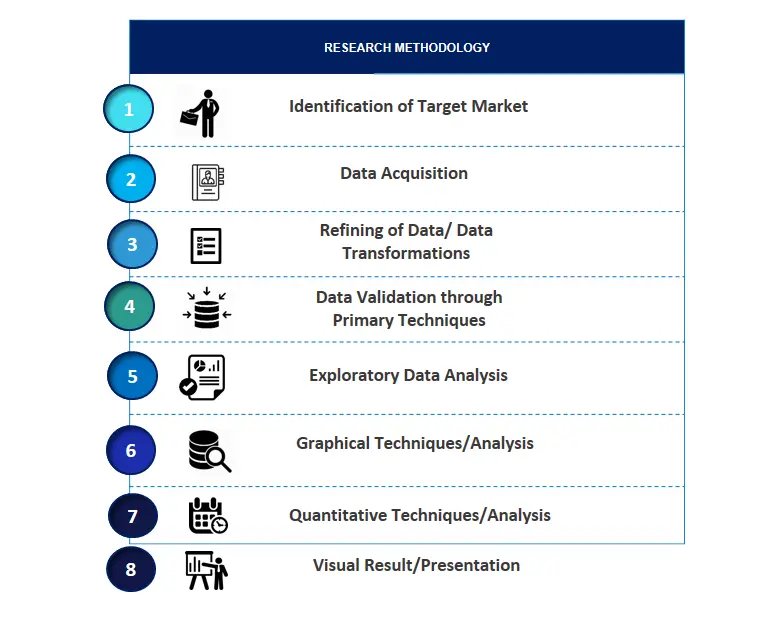
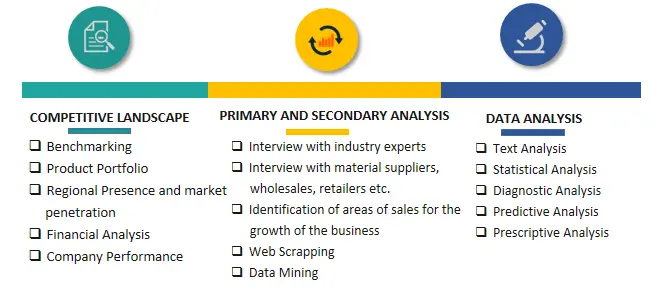

Frequently Asked Questions About This Report
PLACE AN ORDER
Year End Discount
Sample Report
Pre-Purchase Inquiry
NEED CUSTOMIZATION?
Request CustomizationCALL OR EMAIL US
100% Secure Payment
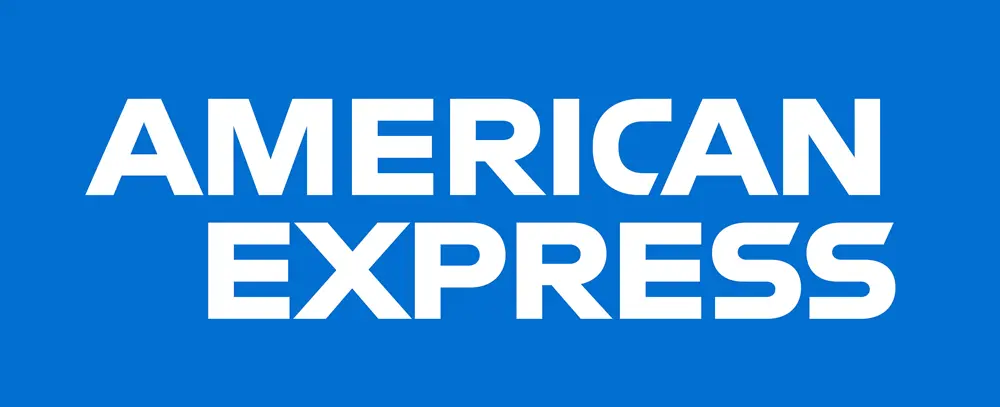


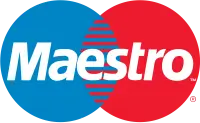


Related Reports
Our Global Clients
Our data-driven insights have influenced the strategy of 200+ reputed companies across the globe.






